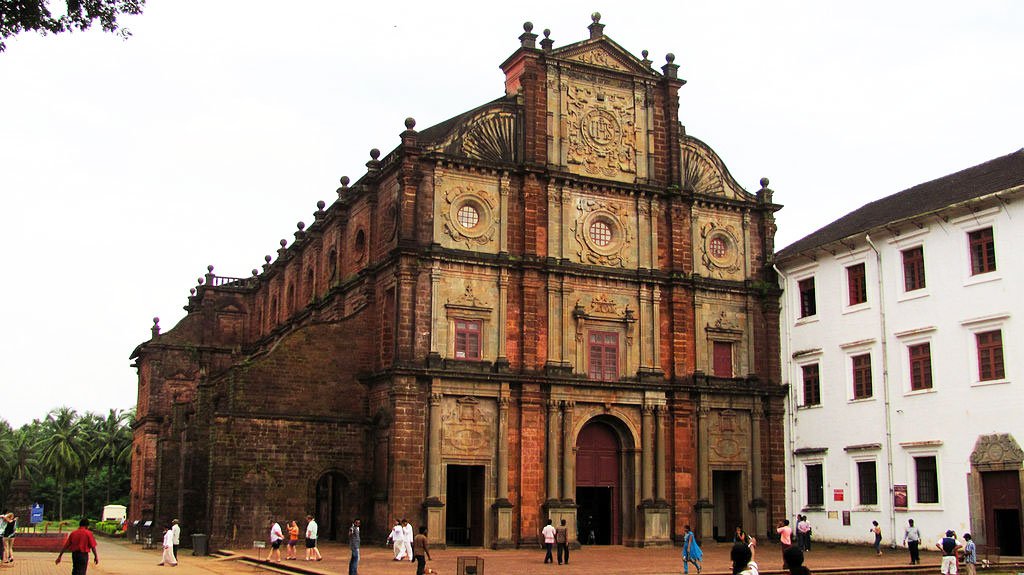Once considered the ‘Rome of the East’, today, the churches and cathedrals that remain are considered to be among the most significant monuments in Old Goa.
Portugal’s Goa Dourada (“Golden Goa”) was once a vast city, inhabited by more than 30,000 people. From the 16th to the 18th centuries, when Old Goa’s population exceeded that of Lisbon or London, this capital of Goa was considered the ‘Rome of the East’. It attracted missionaries and soldiers, merchants and horse-traders, and its elegant palaces and mansions were much praised by contemporary visitors. You can still sense that grandeur as you wander the grounds, with its towering churches and cathedral and majestic convents. Its rise under the Portuguese, from 1510, was meteoric, and by the mid-18th century, a series of epidemics and the silting up of the Mandovi River forced the viceroy to move his residence downstream to Panaji. Thereafter, decline set in and, by the 19th century, the city was finally abandoned and its houses demolished.
Today, Old Goa is a mere shadow of its former self, but the few churches and cathedrals that remain are considered to be among the most significant churches in Goa. The remains of the city are a UNESCO World Heritage Site. Some of the churches, the cathedral and a convent or two are still in use, but many of the other historical buildings have become museums. It’s a fascinating day trip, but it can get crowded: consider visiting on a weekday morning, when you can take in Mass at Sé Cathedral, St Francis of Assisi Church or the Basilica of Bom Jesus (remember to cover your shoulders and legs in the churches and cathedral), and definitely stop by if you’re around in the 10 days leading up to the Feast of St Francis Xavier on 3 December. The lines are long but the atmosphere is electric.
Getting to & from Old Goa
Frequent buses from Old Goa head to Panaji’s Kadamba bus stand from Old Goa Road (just beside the Tourist Inn and at the main roundabout to the east) every 20 to 30 minutes.



Leave A Comment